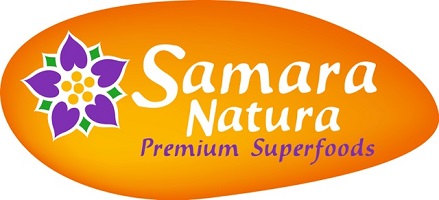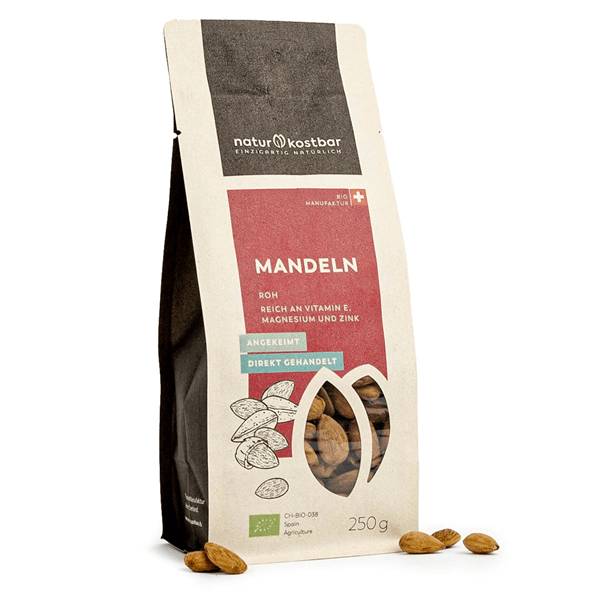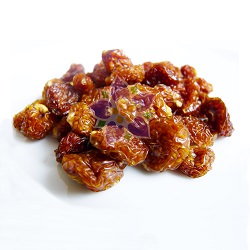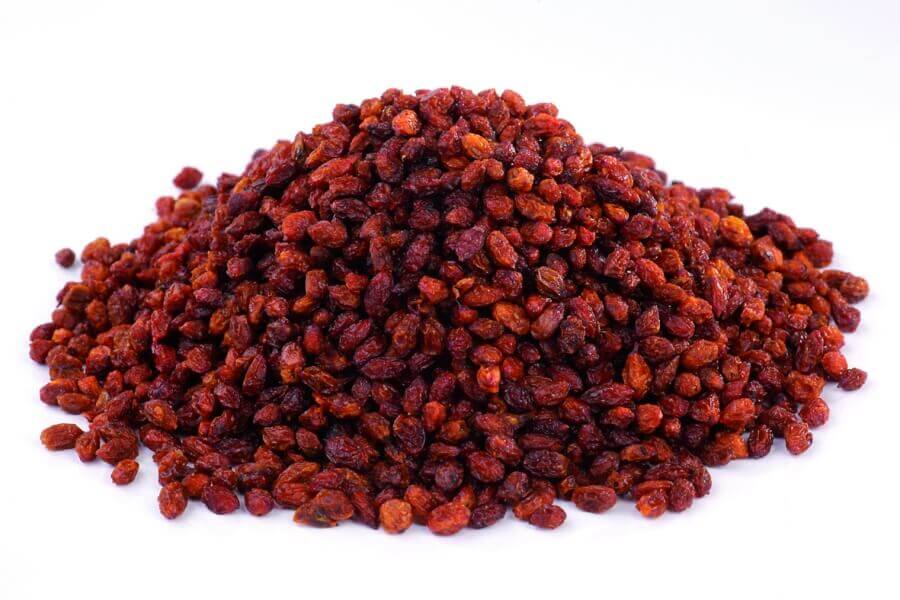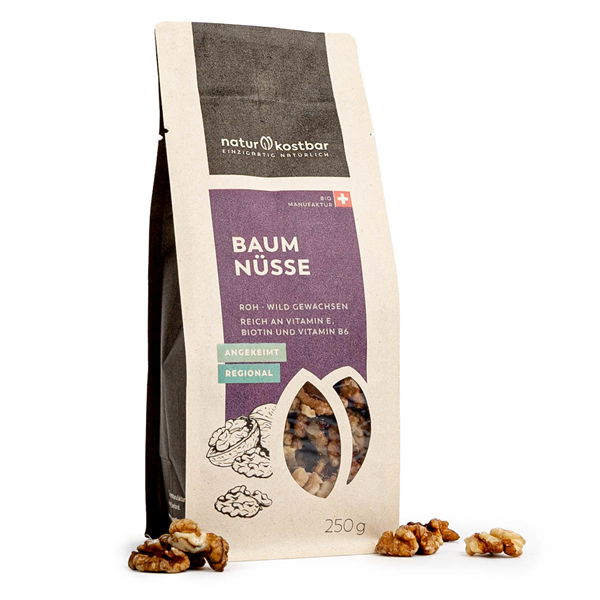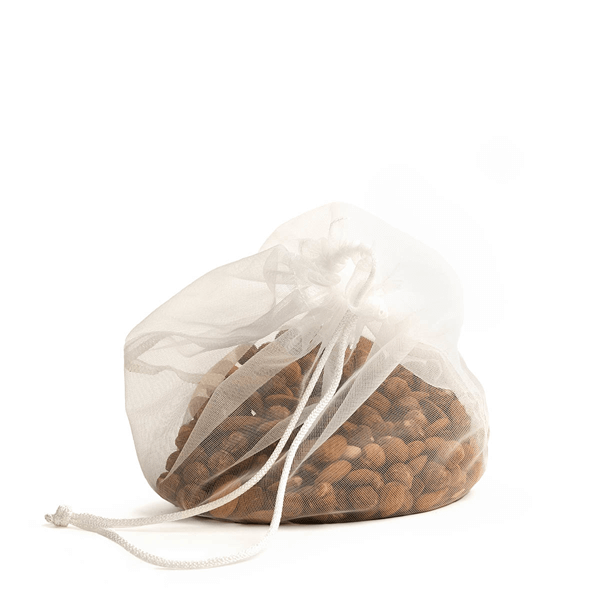| Quantity | Unit price | Base price |
|---|---|---|
| To 2 |
CHF 15.00*
|
CHF 6.00* / 100 Gramm |
| From 3 |
CHF 14.25*
|
CHF 5.70* / 100 Gramm |
Available, delivery time: 1-4 days
Product information "Mandeln angekeimt Bio Naturkostbar"
Organic sprouted almonds - double the magnesium and calcium content
The organic almonds from Spain are soaked and sprouted in the Naturkostbar manufactory for several hours. They are then dried for 24 hours at a maximum temperature of 42° C.
Germination neutralises the phytic acid present in the almonds and significantly increases the nutrient density. In addition, the almonds can be digested better, which also improves nutrient absorption.
An analysis of the magnesium and calcium content of raw and sprouted almonds shows clear differences:
| Magnesium mg/kg | Calcium mg/kg | |
| Almonds not sprouted | 1140 | 1430 |
| Almonds sprouted* | 2470 | 3320 |
*Measurement by Wessling Group AG on behalf of Naturkostbar.
Use of sprouted almonds
Like normal almonds, sprouted almonds are suitable as a snack on their own or mixed with dried fruit and cocoa chips to make trail mix.
Additional information
Contents: Bag with 250g.
Caution: May contain pieces of shell.
Origin and production: Organic almonds from Spain, sprouted in the Naturkostbar Manufaktur in Uetendorf near Thun.
Organic certificate: CH-BIO-086
Nutritional values of sprouted almonds
| Nutritional values Ø | per 100g/100ml | %1 |
|---|---|---|
| 1 Reference quantity for an average adult (8400kJ/2000kcal) | ||
| Energy | 2508kJ (607kcal) | 30% |
| fat | 53g | 76% |
| of which saturated fatty acids | 5.08g | 25% |
| of which monounsaturated fatty acids | 36g | 240% |
| of which polyunsaturated fatty acids | 11.9g | - |
| Carbohydrates | 3.9g | 2% |
| thereof sugar | 3.5g | 4% |
| Dietary fibre | 12.6g | 25% |
| Protein | 22.3g | 45% |
| salt | 0.03g | 1% |
| B-carotene (provitamin A) | - | - |
| Vitamin A | - | - |
| Vitamin B1 | 0.3mg | 27% |
| Vitamin B2 | 0.4mg | 29% |
| Vitamin B3 | 4.2mg | 26% |
| Vitamin B6 | 0.1mg | 7% |
| Vitamin B12 | - | - |
| Vitamin C | - | - |
| Vitamin D | - | - |
| Vitamin E | 12mg | 100% |
| Vitamin K | - | - |
| Biotin | 10µg | 20% |
| calcium | 270mg | 34% |
| chloride | 40mg | 5% |
| chromium | - | - |
| iron | 4.8mg | 34% |
| fluoride | - | - |
| Folic acid/folacin | 48µg | 24% |
| iodine | 2µg | 1% |
| Potassium | 760mg | 38% |
| copper | - | - |
| magnesium | 240mg | 64% |
| manganese | - | - |
| molybdenum | - | - |
| Pantothenic acid | 0.5mg | 8% |
| phosphorus | 510mg | 73% |
| selenium | - | - |
| Zinc | 6mg | 60% |
Login
